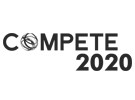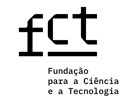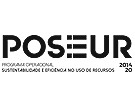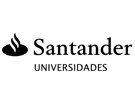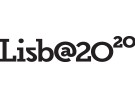



Publication in the Diário da República: Despacho n.º 13495/2022 - 18/11/2022
10 ECTS; 1º Ano, 1º Semestre, 30,0 PL + 30,0 TP + 30,0 OT , Cód. 390914.
Lecturer
- Gabriel Pereira Pires (1)(2)
(1) Docente Responsável
(2) Docente que lecciona
Prerequisites
Algebra and statistics and one programming language.
Objectives
The main objective of this course is to provide students with knowledge about machine learning with a focus on regression and supervised classification. By the end of this course, it is expected that students will be able to implement all regression and classification steps and apply them to diverse datasets obtained from real problems.
Program
1. Introduction to supervised and unsupervised machine learning;
2. Descriptive statistics;
3. Simple and multiple linear regression. Nonlinear regression. Parameter estimation through Ordinary Least Squares (OLS) and Gradient Descent (GD). Evaluation of regression models;
4. Regularization methods;
5. Normalization methods and dimensionality reduction;
6. Classifiers: Bayes, Linear Discriminant Analysis, Logistic regression, K-Nearest Neighbors, Decision Trees, Support Vector Machine, Artificial Neural Networks and Convolutional Neural Networks (CNN);
7. Feature extraction methods and feature selection methods;
8. Validation methods and classifier evaluation metrics;
9. Application of the methods discussed in different areas (economics, engineering, medicine, etc);
Evaluation Methodology
Task Resolution (mini-tests) and Projects carried out individually or in groups: weight of 70% (minimum grade of 40%).
Written Assessment Test: weight of 30% (minimum grade of 30%).
The minimum final grade is 10 out of 20.
The tasks and projects have submission deadlines that are defined throughout the semester.
These assessment criteria and methods apply to all examination periods.
Bibliography
- , . e Géron, . (2019). Hands-on Machine Learning with Sciki-Learn, Keras & TensorFlow. USA: O'Reilly
- Bishop, C. (2006). Pattern recognition and machine learning. USA: Springer
Teaching Method
Expository classes;
Programming-oriented problem solving classes;
Realization of projects.
Software used in class
Python IDE.



